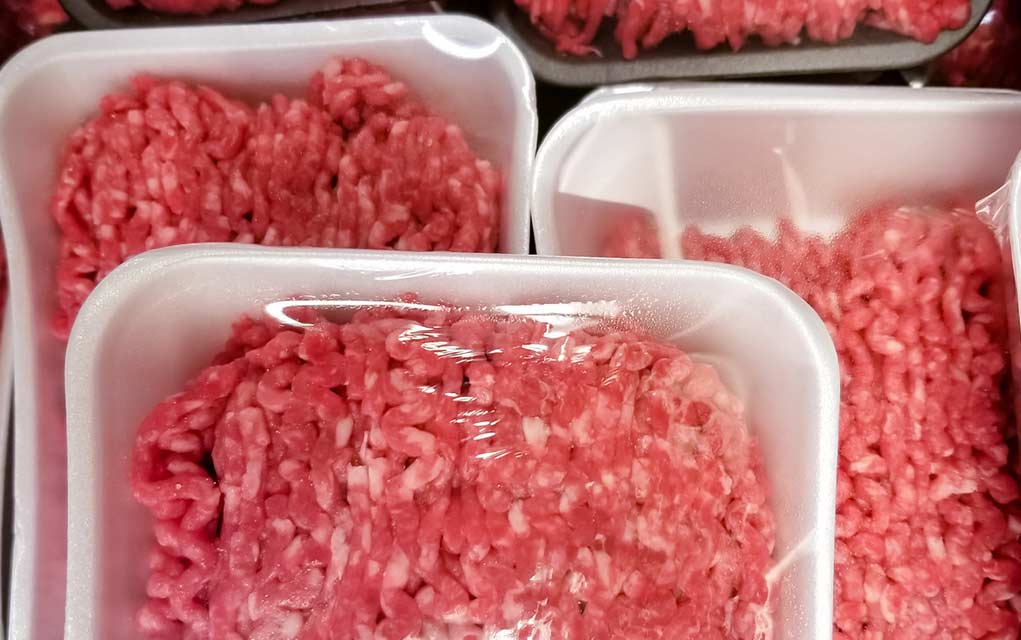
A rainbow is nature’s way of saying that everything is going to be fine. Nature has other ways of using a rainbow to send messages as well.
The human body needs many different vitamins, minerals, trace elements, proteins and amino acids to survive. The truly amazing thing about nature is that many of the foods we eat are brightly colored and each color tends to correspond with a specific set of nutrients.
This unique color arrangement makes it easy for you to get all or most of the nutrients you need as long as you include a rainbow of colors in your food choices.
Red
Red foods contain lycopene, beta-carotene and Vitamin C. Lycopene is a powerful antioxidant. Studies suggest that it may offer benefits when it comes to reducing cancer risk. A few of the most popular red foods include tomatoes (and tomato-based products), watermelon, apples, red peppers and guava juice.
Orange
Orange foods contain an abundance of both beta-carotene and Vitamin C. Foods that are a deep orange often contain lutein. Lutein and bet-carotene offer nutritional support to the eyes and the skin and help slow down the aging process. Pumpkins, squash, oranges, peaches, apricots, carrots and sweet potatoes fall into this color of the spectrum.
Yellow
Yellow foods contain high levels of Vitamin C and a few contain moderate levels of potassium. Potassium is a vital component that allows nerves and muscles to interact and communicate with one another, while Vitamin C helps boost the body’s immune system. Popular yellow foods include bananas, lemons, pineapples, corn and apples.
Green
Green foods are abundant in Vitamin K, potassium, folic acids and Omega 3 fatty acids. They also contain chlorophyll that helps to flush toxins from the body. Vitamin K strengthens the blood and helps it to clot if an injury occurs. Popular green foods include spinach, kale, broccoli, zucchini and asparagus.
Blue
Blue foods have a unique array of vitamins and minerals, as well as an abundance of anti-oxidants. Blue foods contain massive amounts of anthocyanin. In addition to its possible benefits when it comes to fighting cancer, anthocyanin also helps to strengthen the eyes and improve vision. Bilberries, blueberries, plums and certain varieties of grapes and raspberries fall on the blue area of the spectrum.
Purple/Black
Purple and black fruits and vegetables contain a wide variety of nutrients including both calcium and iron. A few of the most common purple to black foods include eggplant, black beans, purple cabbage and blackberries.
Brown
Brown foods contain an abundance of plant proteins and trace minerals that are derived from the soil. This includes both selenium and zinc. Popular brown foods include soy beans, peanuts and the entire array of whole grains.
When creating a new diet, the foods you include need not be boring. Liven up the way your plate looks and enjoy your foods! Include vibrantly colored vegetables and explore the entire rainbow of options. Including foods from each color of the spectrum ensures that your diet will be full of all or most of the nutrients your body needs to survive.
Just like the rainbow that signals the end of a storm, a rainbow of foods can represent the end to poor health and help you to get back on track nutritionally. If you want to make sure you get everything you need in your diet, build your diet around the rainbow!
















